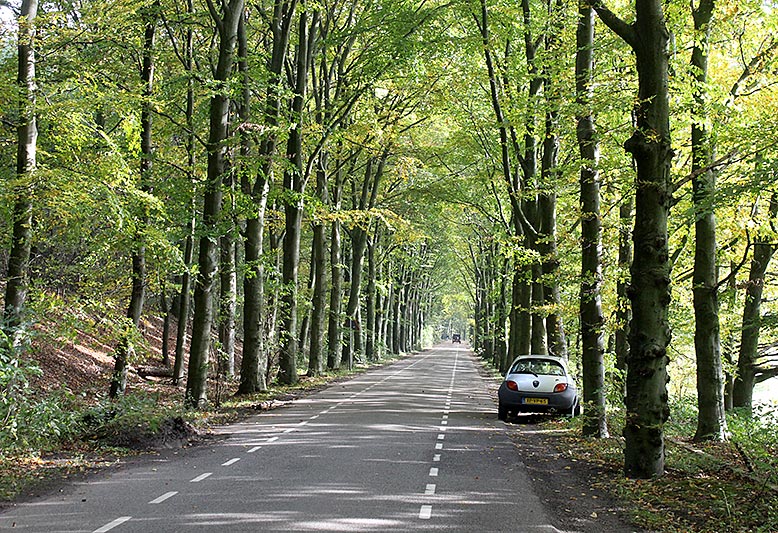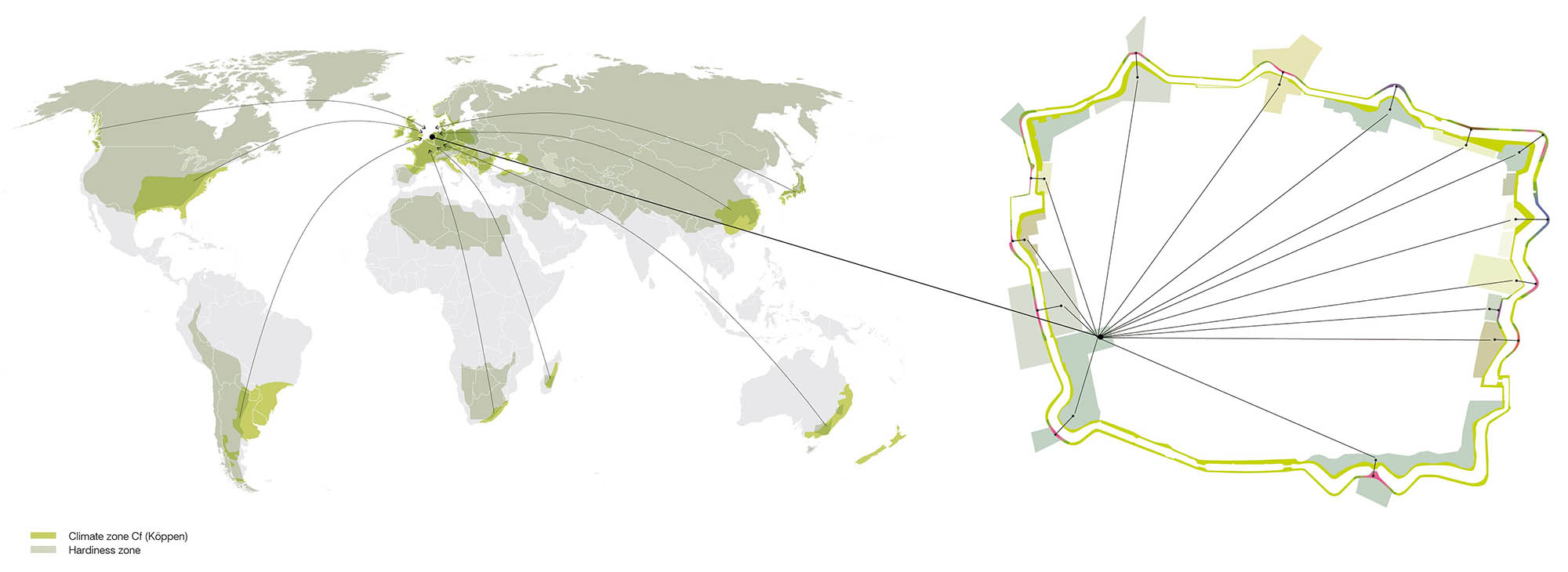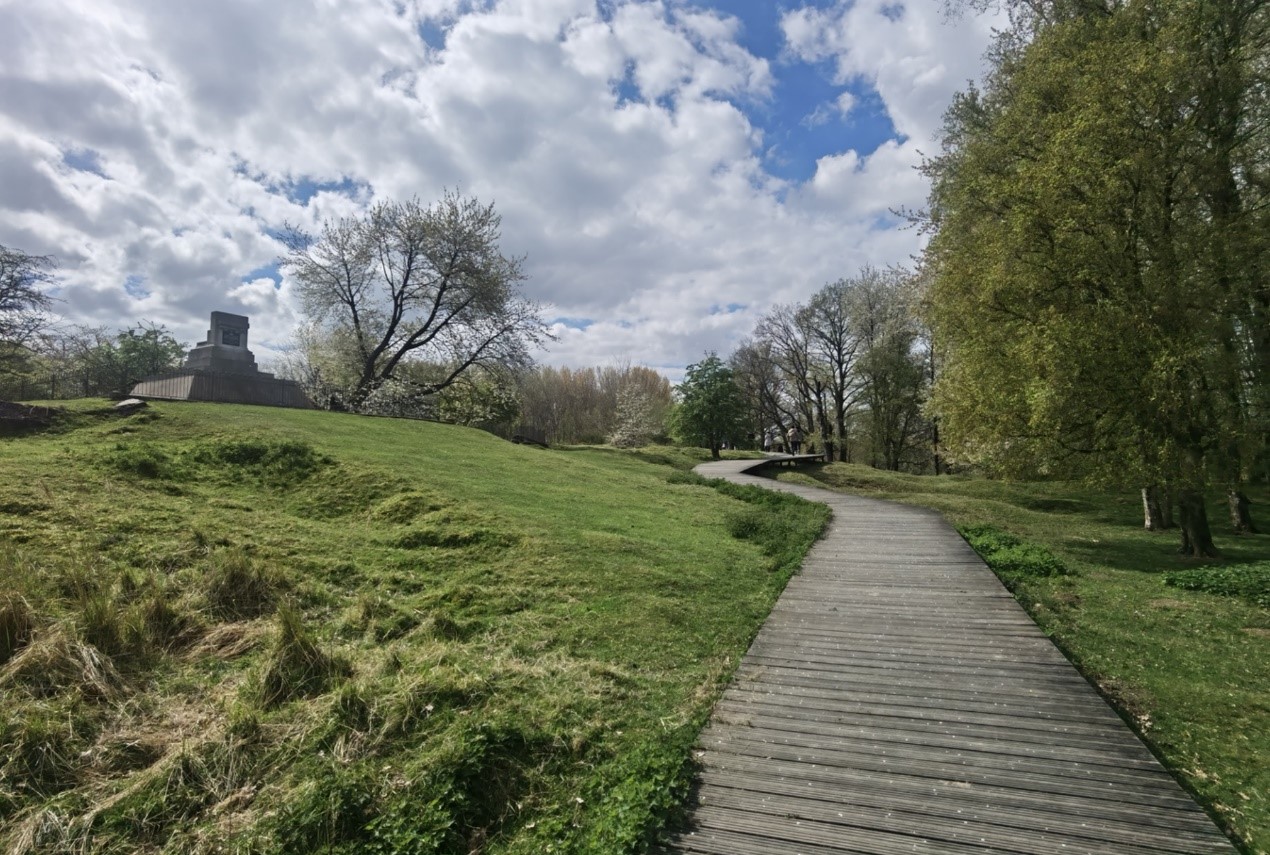
The magnificent steppes always seem to be framed by mountain chains; wherever you move you experience a 360°of both space and enclosure. The gently flowing rivers cross carpet-like grass lands, on which cows, horses, sheep’s and buffalo’s are running freely and peacefully. Once in a while a group of two or three white round tents called gers shine in the sunlight. As you move through the steppe you are free to choose any path you desire, there are almost no preconceived roads. This is Mongolia. It’s landscape is one of the most breath-taking and well-preserved landscapes on earth. While traveling through Mongolia you are sure that what you see today is also what Chinggis Khaan has seen too. Well, almost.
As we stop on the way, a Mongolian shepherd invites us over for suutei tsai (milk with tea and salt) and something else. What this ‘else’ is, is not really clear, our Mongolian is far beneath the required level, but as we enter the ger we discover that they just have slaughtered and cleaned a goat. The guts and other intestines lie on one side, the best meat on the other. And on the side of this bloody scene we spot a memory stick. A what? Yes, and close to the home altar there is the I Mac. When taking a tour outside the ger we bypass children blue torching the head of the goat and see a boy jumping on his horse, while sending an sms. Then we stop and stare at the solar panel attached on the south side of the ger. It looks like the Mongols have skipped the exploitative and wired phase of industrialization and are now plugging into green energy and wireless communication instead. How come? Could it be really true?
Mongolia is locked between Russia and China with no access to the sea, being therefore somehow dependent on the policies of the two giants. With a density of population that used to be 1000x (0.41 p/ km2 in 1918) and now 300x less than nowadays in the Netherlands (404.5 p/km2), it was simply not profitable to make roads and wires. This lack of infrastructure was not very inviting for the big industry. And Russia, being the boss there between 1924 and 1989, didn’t want to make it interesting either. So the Mongolian existence kept on being based on its life stock, which provides milk, skins for clothes, transport and meat. As the cuddle needs fresh grass, the Mongols move their gers along with it, not bothering a lot about land ownership. (Every group of gers claims a circle of occupancy proportional to the size of the life stock, with the maximum size of the distance that a shepherd can do on a horse in half a day. If you are new in an area you search for your own circle where you don’t disturb the others). It has been like this during Chinggis Khaan and it still is. But the times are changing. Since the ‘90’s Mongolia is ‘on the market’ with its untouched natural resources like copper, coal, molybdenum, tin, tungsten, and gold. At this moment around 3000 mining licenses have been issues by mostly Chinese, Russian and Canadian companies. How many of them will provide solar panels in return?








